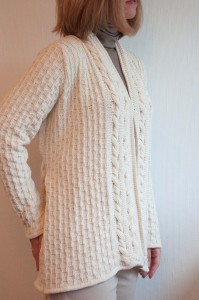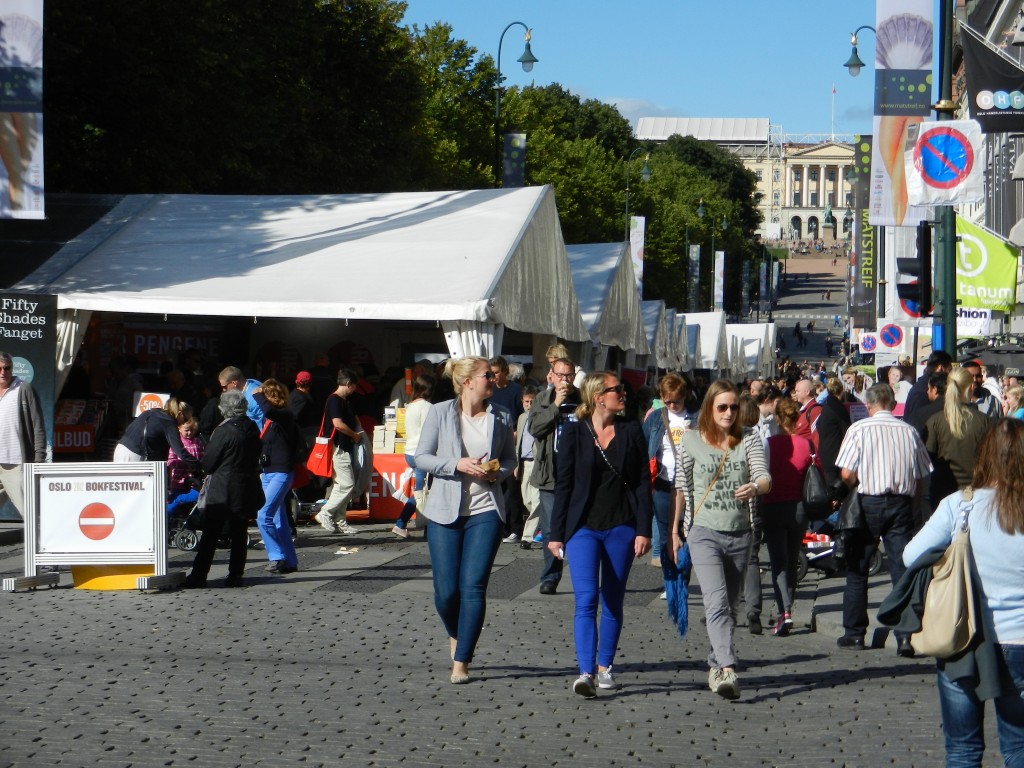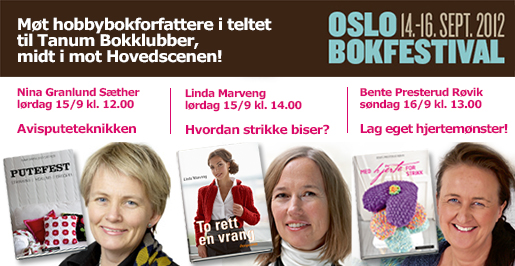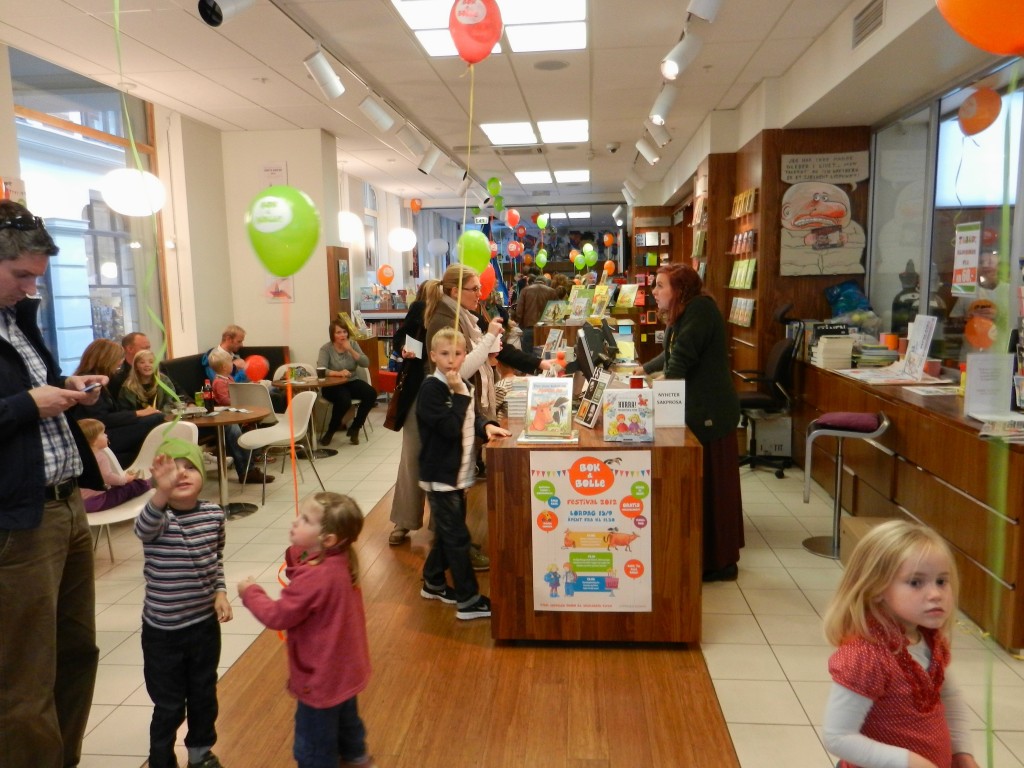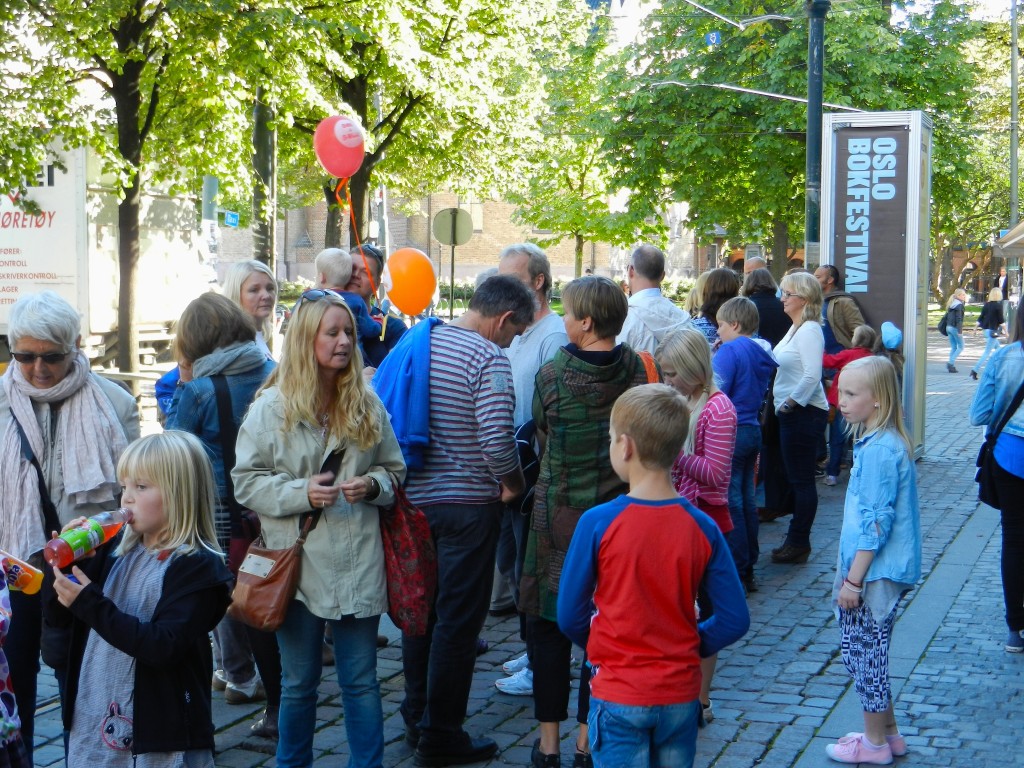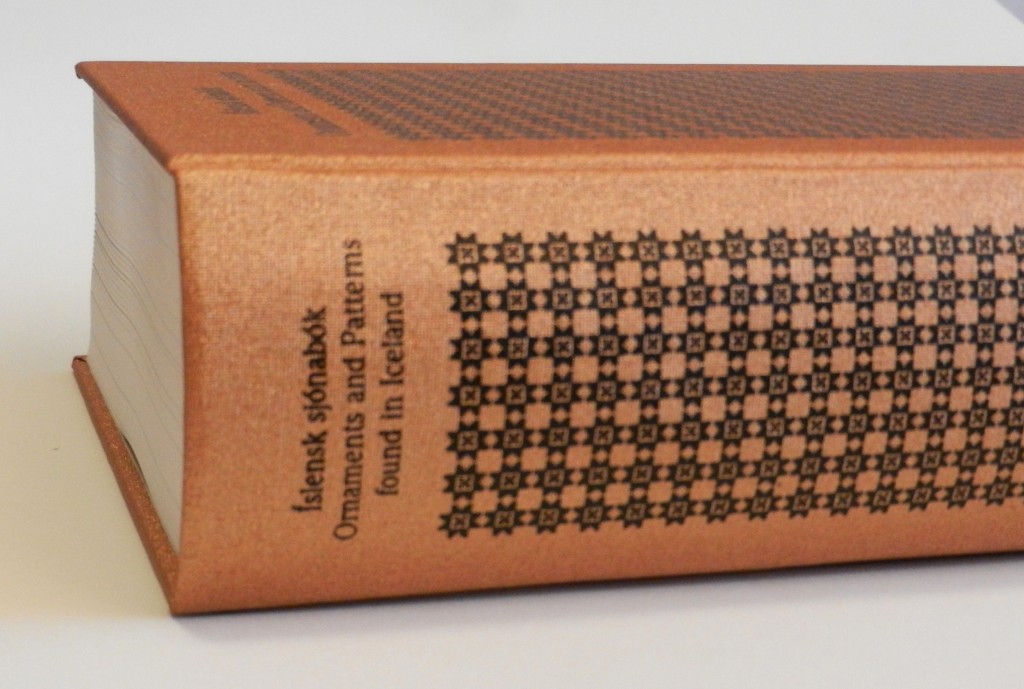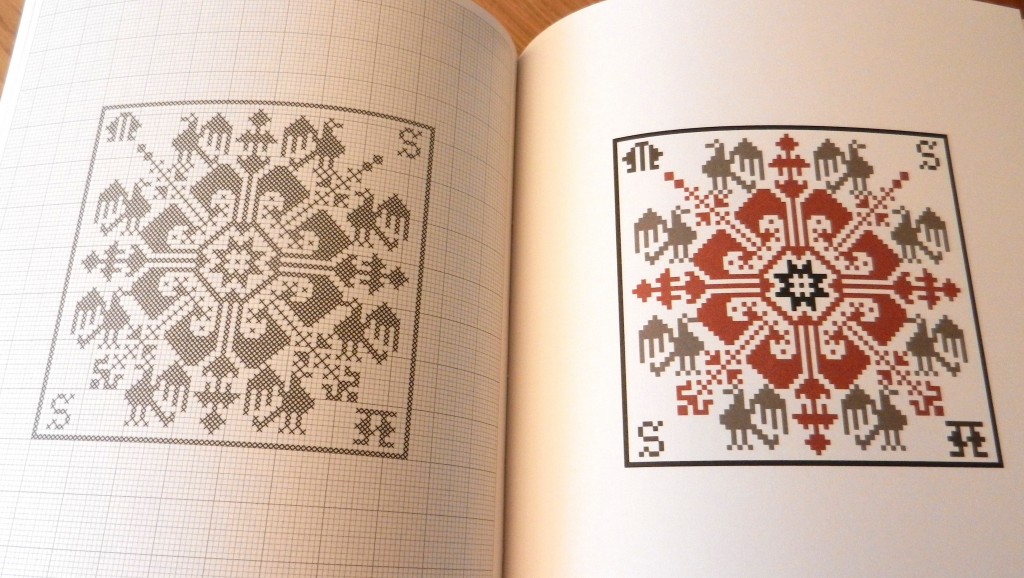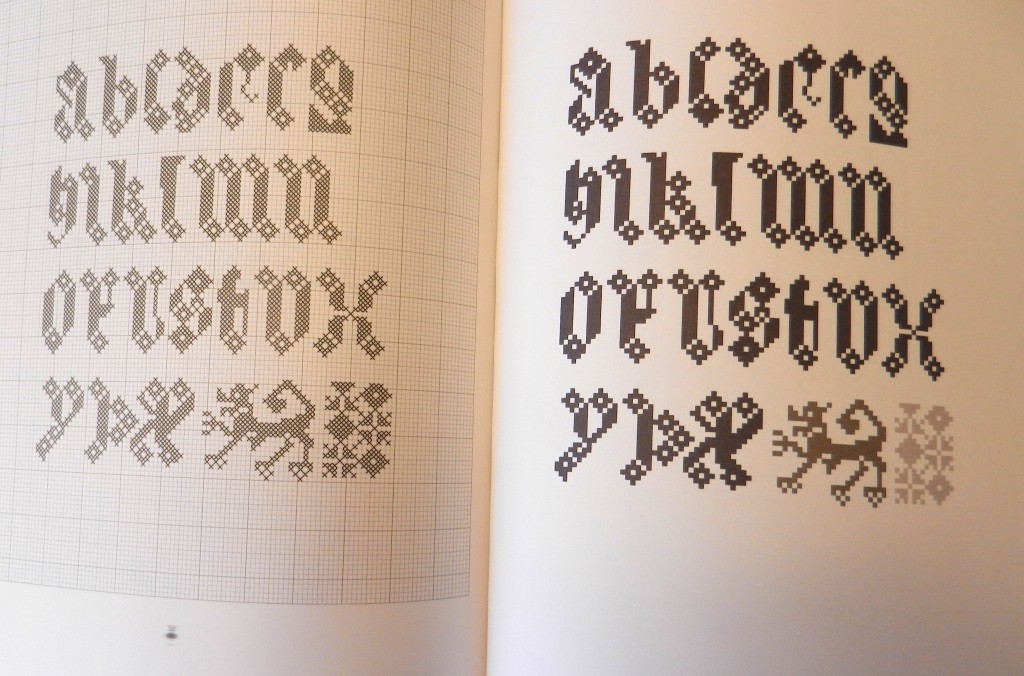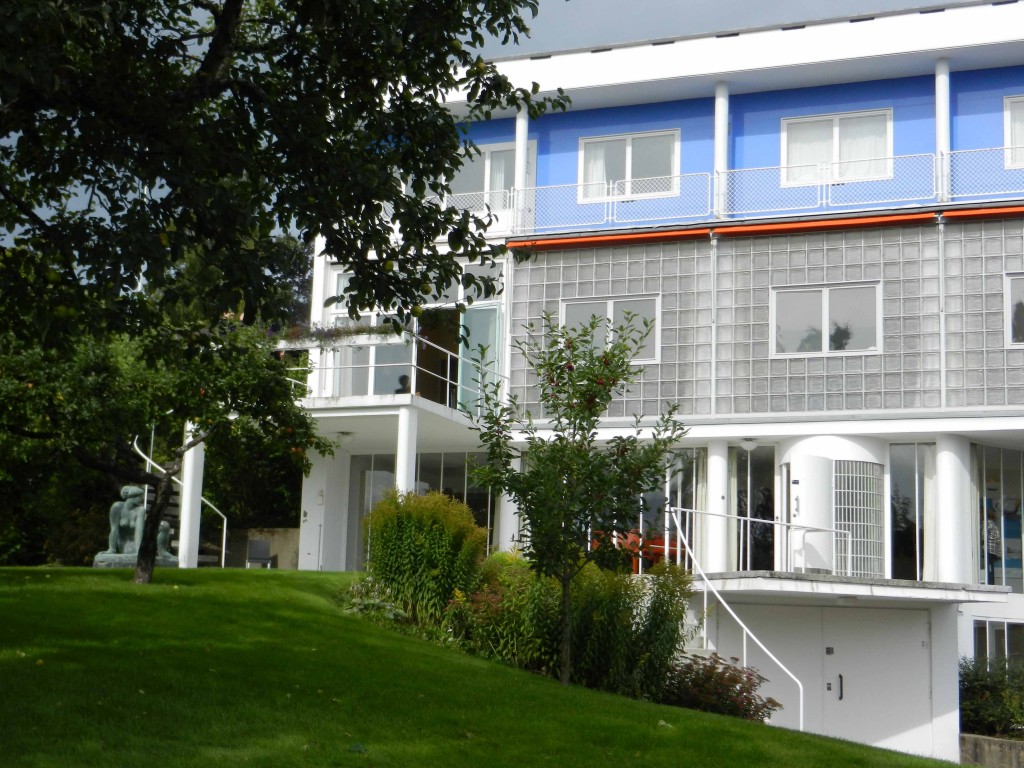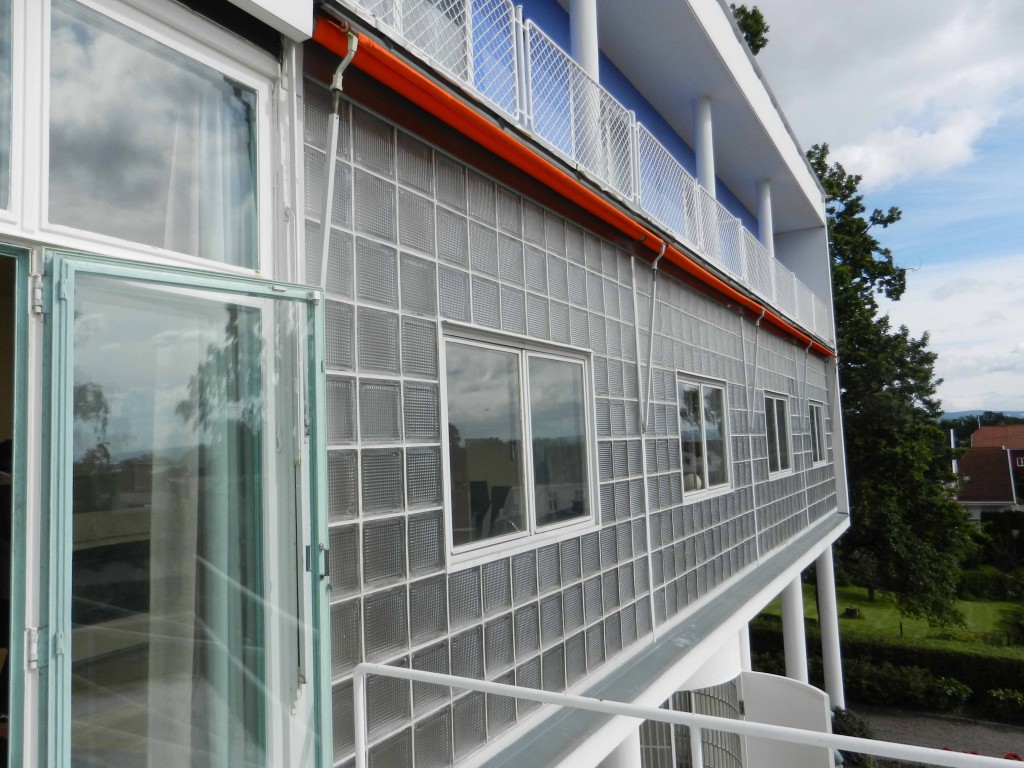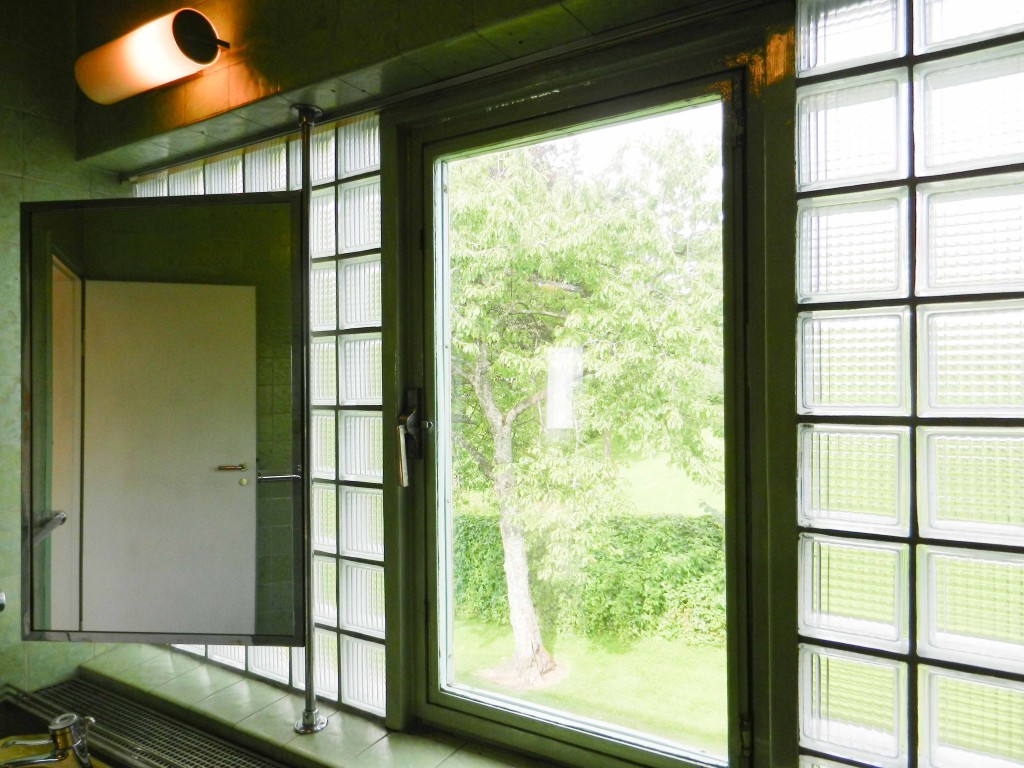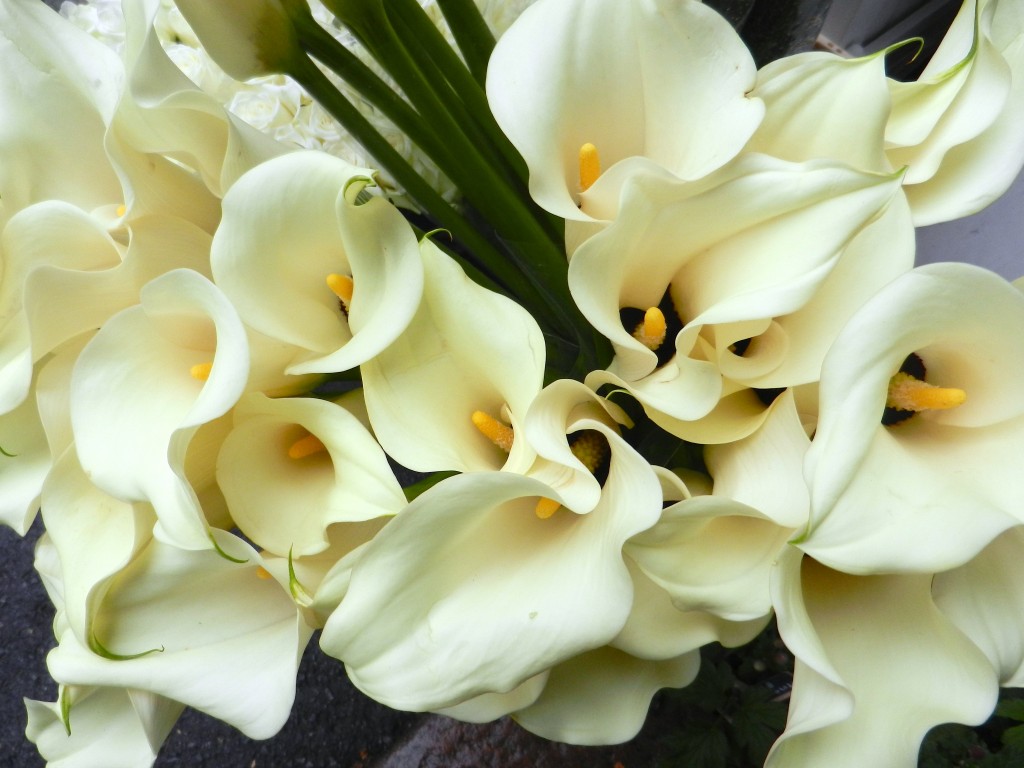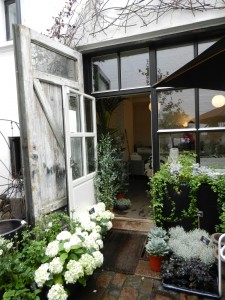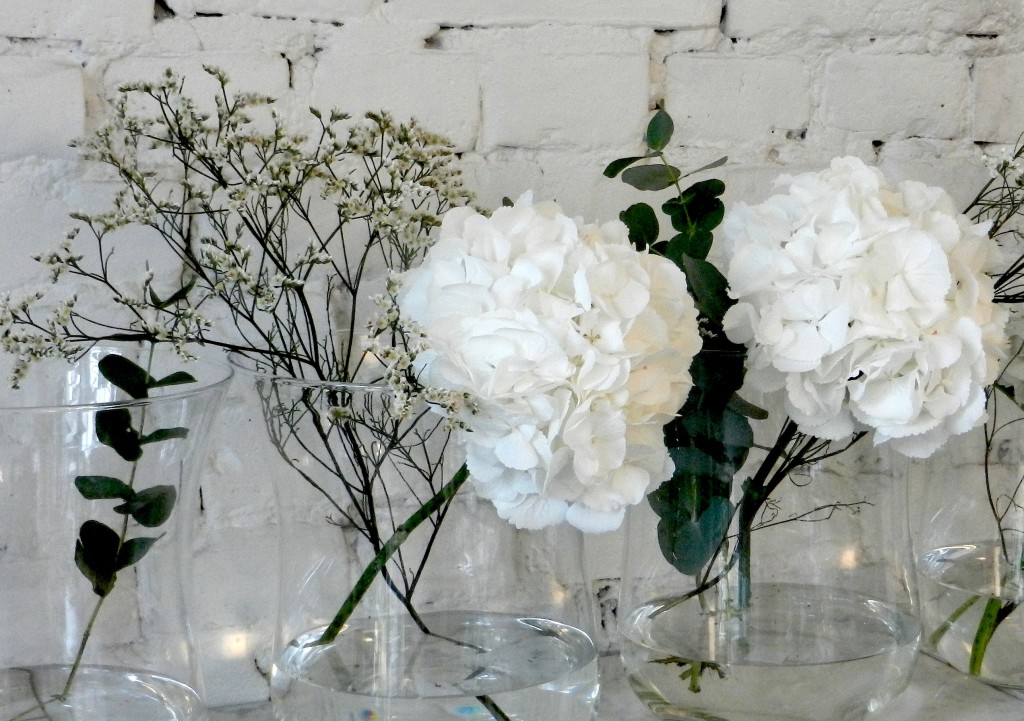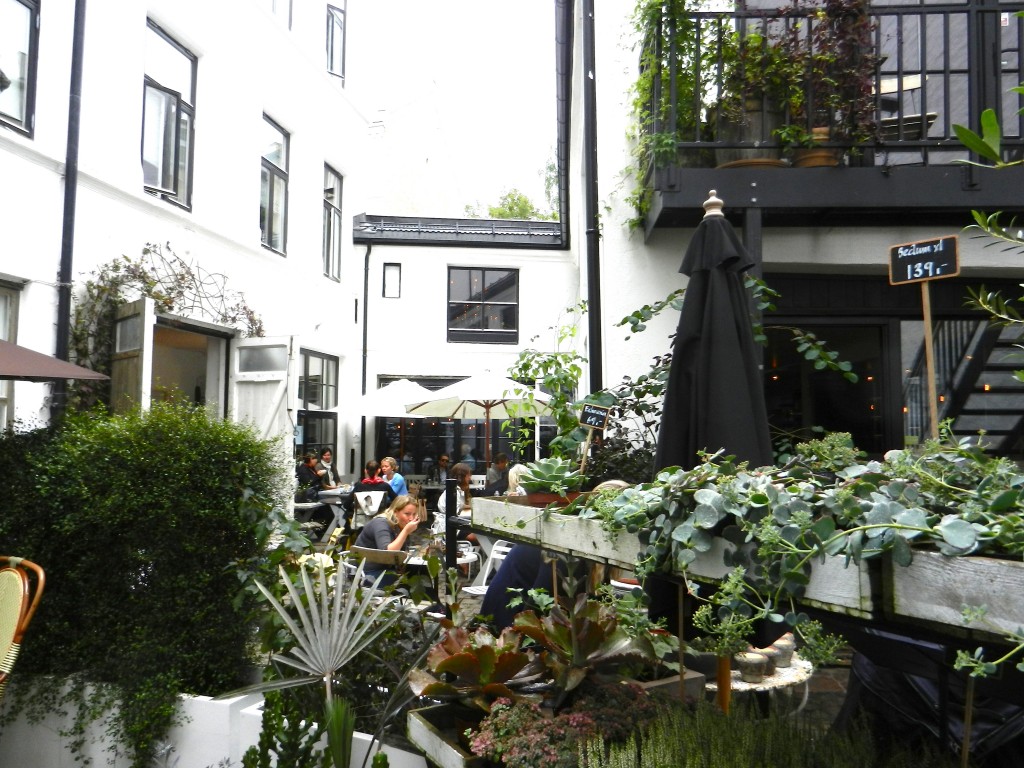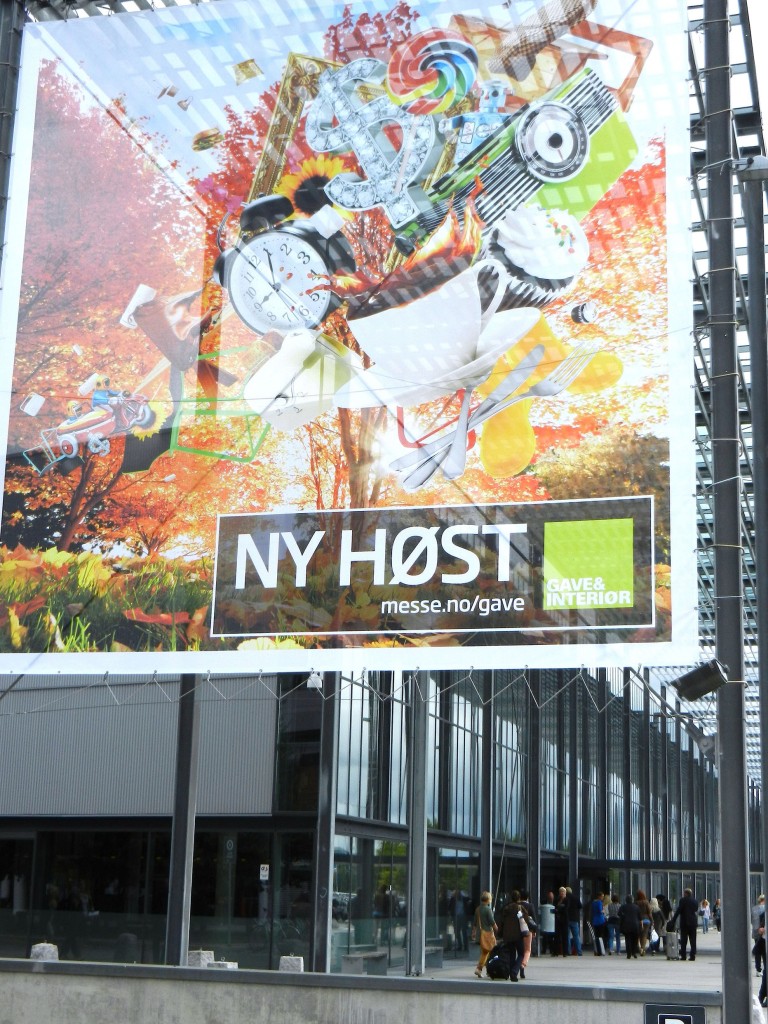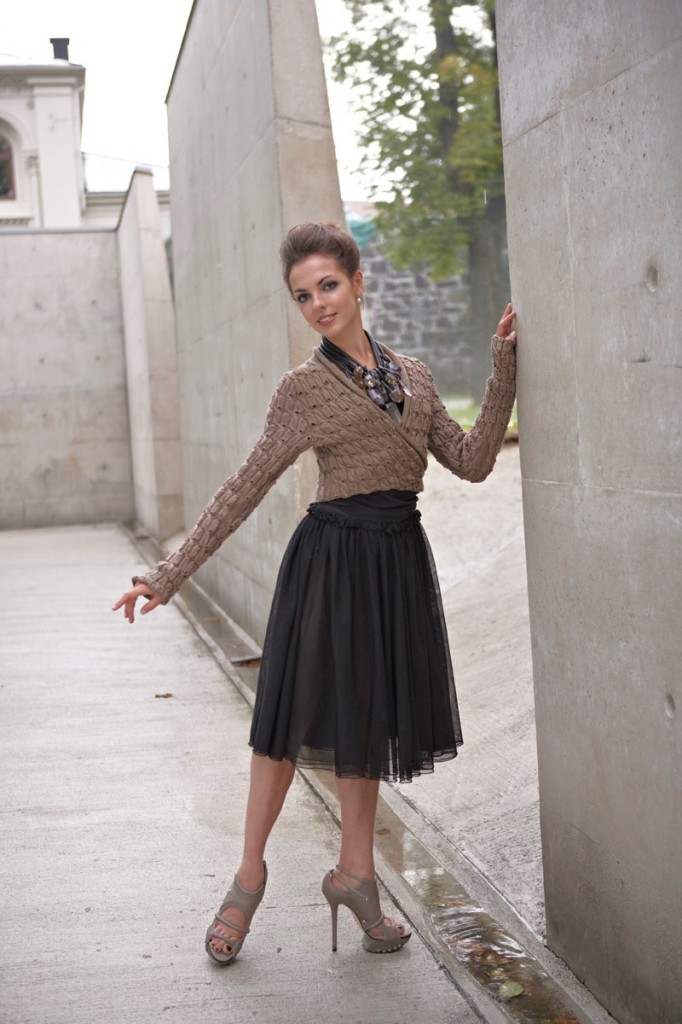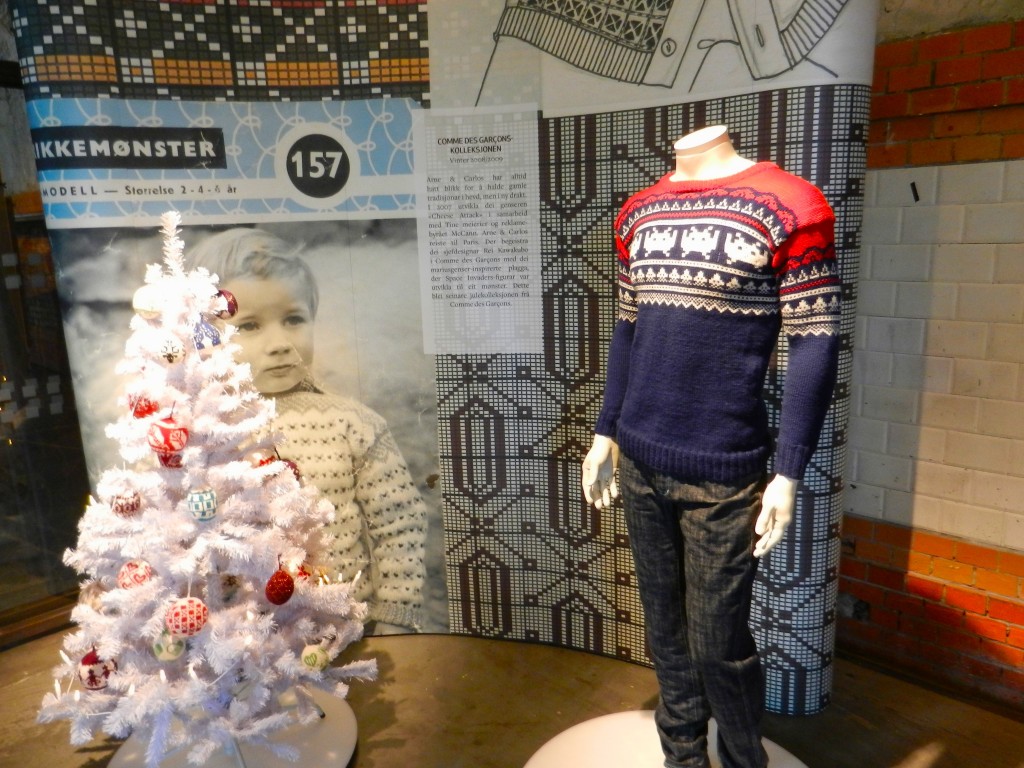I am a member of the Norwegian Onlinestrikkekafé/online knit-café group, superbly organised by Dorthe Kristiansen, on Facebook and volunteered to hold the first part of a course in Finishing there. First let me tell you how it works: it is a closed group, with more than 500 members, so we all accepted invitations to join the group and then the invitations for the online knit-café with the occasional event, KAL – knit-along – and UFO – unfinished objects – evenings go out, three times a week. Some, I will not mention any names, are ready well in advance of the starting time usually at 14.oo while others join after work or dinner or those of us who work from home find ourselves spending too much time there reading people’s postings about their knitting, spinning, crocheting, sewing, or life in general. So not too unlike a real knit-café in many ways, I don’t always get a lot of knitting done…
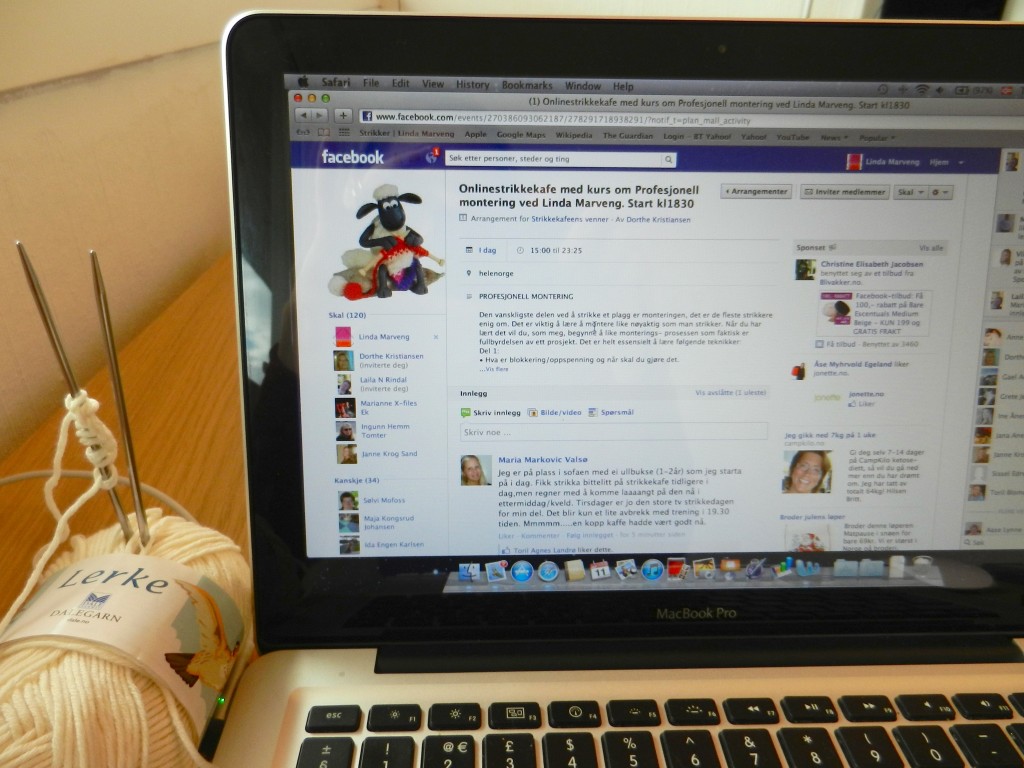
Second, how do I hold an online workshop and how many will join in? Obviously I needed to make several videos, and my husband, a gadget fan, was well prepared. I realised I need to translate my workshop from English to Norwegian first, since I have only ever held it in English for 6 years. Then I grouped together some of the topics and planned what samples I could show and what to say. My husband, the director, demanded a re-take when the sun interfered, changing the lighting completely, and when I automatically started speaking English. In the end we had made 5 videos in Norwegian, with a few non-edited English words, to cover the first part of my online course. I planned to post them on the event page in quick succession and be ready to answer questions on each topic following in the previous tutor Nina Hove Myhre’s footsteps, see her videos on Domino knit on her blog, also in Norwegian: fiberandart. To my astonishment, more than 120 people signed on and I did wonder whether I would be able to type my answers quick enough or whether it would be a complete deluge of questions. Thankfully, not everyone started watching the videos at the exact kick off time at 18.30 so I could manage to answer the questions without too much difficulty. It was a magnificent challenge!
Now, if you still want to watch the videos, be prepared to listen in Norwegian, I will list them here in the post as well as making a separate page so they are easy to find later. I hope you find them useful.
1. Blokking/ Blocking For more detailed advice read the useful article by Jessica Fenlon Thomas in knitty. Blocking wires are available in Norway from projo-produkter.
2. Montering/ Finishing If you want to test while watching, have 4 swatches or neglected UFO pieces, yarn, a blunt sewing needle and a crochet hook ready to try out the 3 different main ways of sewing up.
3. Sette inn ermet/ Setting in a sleeve.
4. Plukke opp masker/ Picking up stitches Again, if you want to test while watching, have 1 swatch or neglected UFO piece, a crochet hook without handle, yarn and a circular needle ready.
5. Brettekant/ Hem My favourite edge of the moment. Make it by using 2 circular knitting needles held parallel when casting on, then continue to knit with 1 for a number of rows, then fold the other needle behind and knit together. To test have 2 circular needles of same size but of different material and yarn ready.
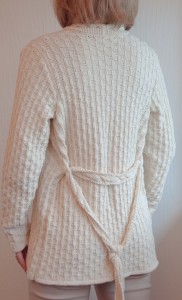 I have knitted two different belts to go with it. The first version, seemed like a brilliant idea at the time using the reversible cable pattern but it does not look as sophisticated as I wanted it to look so the second version is in stockinette stitch knitted sideways and together like a hem. I also tested out a few more versions in between: a 1 by 1 rib which looked way too uneven and I-cord which looked floppy. Hence I preferred to use my favourite hem edging as belt and added a folding row where I knit on the wrong side. The magazine has kept both to test out on the photo shoot, while the first version is in these photograph. I will publish the professional photos when they are available.
I have knitted two different belts to go with it. The first version, seemed like a brilliant idea at the time using the reversible cable pattern but it does not look as sophisticated as I wanted it to look so the second version is in stockinette stitch knitted sideways and together like a hem. I also tested out a few more versions in between: a 1 by 1 rib which looked way too uneven and I-cord which looked floppy. Hence I preferred to use my favourite hem edging as belt and added a folding row where I knit on the wrong side. The magazine has kept both to test out on the photo shoot, while the first version is in these photograph. I will publish the professional photos when they are available.
